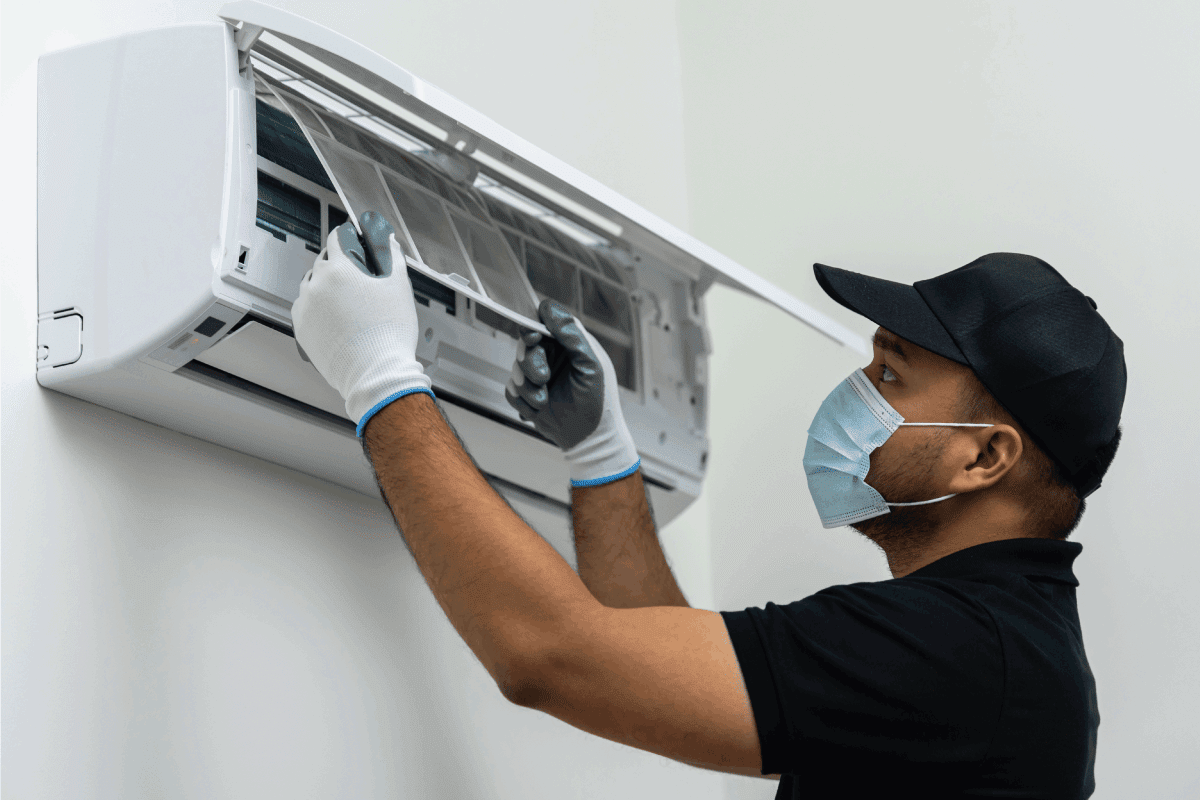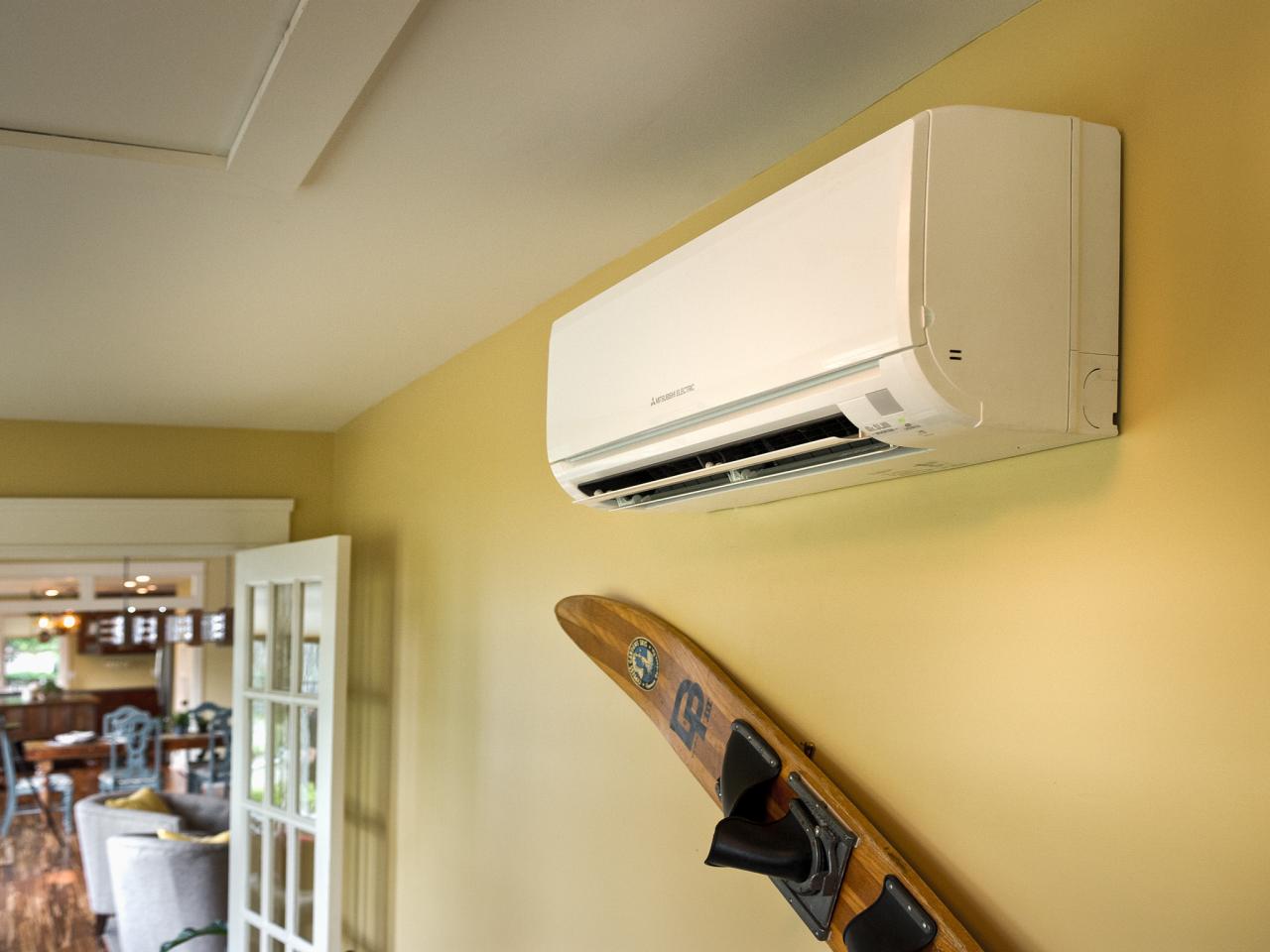If you've ever discovered yourself in a room where the cooling simply could not appear to stay on top of the summertime warmth, you could take advantage of examining your space.
Ensuring your a/c system is appropriately sized and installed needs interest to crucial measurements such as space size, doors and window measurements, ceiling height, insulation high quality, and airflow patterns. By comprehending these elements, you can enhance your air conditioning system's efficiency and effectiveness.
However just how specifically do these dimensions impact your a/c setup?

Secret Takeaways
- Accurately measure space dimensions for proper system capability and air movement optimization.
- Select energy-efficient doors and windows to improve insulation and reduce warm transfer.
- Ensure ideal air vent positioning and unobstructed air flow for reliable cooling distribution.
- Upgrade insulation to boost thermal resistance, seal gaps, and enhance total system performance.
Area Size Dimensions
When measuring area size for cooling setup, make certain you accurately analyze the measurements to determine the suitable unit capacity. Start by taking into consideration furnishings placement within the room. Furniture can block air flow if put also close to vents or the air conditioning device. To assure maximum cooling performance, organize your furnishings in a manner that advertises correct airflow throughout the area.
Furthermore, take into consideration the area's layout and dimension when planning for air circulation. Correct air circulation is important for preserving a constant temperature level throughout the room. Bear in mind any kind of barriers that can interfere with the flow of air, such as curtains blocking vents or big pieces of furnishings blocking air movement. By assuring ample area for air to circulate openly, you can optimize the efficiency of your a/c unit and develop a comfy atmosphere in your home.

Doors And Window Capacities
To guarantee correct a/c installation, assess the measurements of windows and doors in the area to maximize air flow and cooling effectiveness. When assessing window and door measurements, consider the following:
- Frame Compatibility: Make certain that the air conditioning device you pick is compatible with the structures of your windows and doors. Incorrect fit can result in air leakages and lowered energy efficiency.
- Setup: Take into account the setup procedure when picking an a/c system. Some units might call for specific home window dimensions or added alterations for correct installation.
- Material Selection: Select doors and windows made from products that offer excellent insulation to enhance energy efficiency. Properly shielded doors and windows can help maintain a consistent temperature level in the room.
- Power Effectiveness: Opt for energy-efficient doors and windows to reduce warm transfer and boost the total effectiveness of your cooling system. Energy-efficient products can improve the air conditioning abilities of your room while reducing power expenses.
Ceiling Height Analysis
Examining the elevation of your ceiling is critical for establishing the best positioning of air conditioning vents for effective cooling distribution. When evaluating your ceiling height, see to it to take into consideration the clearance needed for both the ductwork and the air conditioning vents. Appropriate ceiling clearance assurances that the ductwork can be installed properly with no blockages, permitting ideal air flow throughout the space.
Additionally, proper clearance above the vents ensures that the cooled air can circulate openly without any limitations, leading to more also cooling in the area.
When preparing the positioning of ductwork, take into consideration the elevation of your ceiling to stay clear of any type of concerns with setup or performance. Correctly positioned ductwork can help optimize the performance of your a/c system and make certain that each area receives sufficient air conditioning.
Insulation Examination
Evaluate the insulation quality to maximize the effectiveness of your air conditioning system. Proper insulation plays an essential role in preserving a comfy interior setting while making the most of energy effectiveness. Below are 4 key points to review when evaluating the insulation in your room:
- Thermal Resistance: Inspect the R-value of your current insulation to see to it it meets the recommended requirements for your area. Greater thermal resistance indicates better insulation high quality, which aids in reducing heat transfer and preserving a regular temperature level.
- Insulation Positioning: Inspect the positioning of insulation throughout your space, focusing on areas such as walls, ceilings, and floors. Appropriately mounted insulation protects against power wastage by reducing warmth exchange with the surrounding setting.
- Securing Gaps: Determine and secure any spaces or cracks in the insulation to prevent air leak. Appropriately sealed insulation boosts energy performance by keeping impermeable obstacles that prevent conditioned air from getting away.
- Upgrading Insulation: Take into consideration updating your insulation to more recent, much more energy-efficient materials. Upgrading can boost thermal resistance, lower power usage, and enhance the overall efficiency of your cooling system.
Air movement Analysis
Examining the air movement within your area is necessary for guaranteeing peak efficiency of your cooling system. Proper air flow circulation is necessary to keep regular temperature levels throughout the area. When assessing airflow, think about the air flow needs of each room to guarantee ample air circulation.
To assess air movement circulation, begin by looking for any type of obstructions such as furniture obstructing vents or particles obstructing duct. Poor airflow can lead to ineffective cooling and home heating, resulting in discomfort and increased power prices. It is necessary to address any type of problems without delay to enhance the performance of your air conditioning system.
Additionally, comprehending the air flow requirements of various areas in your home or workplace is key to keeping air quality and comfort levels. Appropriate air flow assists eliminate stagnant air, smells, and contaminants while generating fresh exterior air. By assessing air flow and air flow needs, you can produce a more comfy and healthy and balanced indoor setting for everybody. home ac repair
Often Asked Questions
Exactly How Can I Determine the very best Area for My Air Conditioning Device Within the Area?
When identifying the best place for your a/c unit in a room, think about the cooling capacity and air blood circulation. Maintain the device far from challenges that could block air flow and area it centrally in the room to assure also cooling.
Perfect placement helps distribute amazing air successfully, making best use of the system's performance. Proper positioning can make a substantial distinction in just how effectively your ac system cools the space.
Exist Any Kind Of Details Variables to Consider When Setting Up an Air Conditioning Device in a Multi-Level Structure?
When installing an a/c device in a multi-level building, take into consideration factors like power performance, cooling down capability, positioning, and access.
Make sure the device is tactically put to cool several degrees efficiently. Opt for an area that allows easy accessibility for repair and maintenance.
Additionally, review the cooling capacity to make sure it can sufficiently cool down the whole building. These factors to consider will assist maximize the efficiency of your cooling system in a multi-level setting.
What Is the Suitable Distance In Between the Cooling Unit and Any Heat-Producing Devices in the Area?
When putting your air conditioning unit, see to it appropriate air flow distance from heat-producing home appliances in the area. This aids with heat dispersion and stops the air conditioner from working harder to cool the space.

Go for an optimal range of at the very least 3 feet in between the a/c device and any kind of warmth resources like ovens or lights. Keeping this splitting up will maximize the performance of your cooling system and expand its lifespan.
Are There Any Potential Risks That I Should Recognize When Installing an Air Conditioning System in a Small or Enclosed Space?
When installing a cooling system in a tiny or enclosed area, be mindful of possible threats. See to it to deal with air flow issues to avoid air top quality concerns. Take security preventative measures seriously, specifically with minimal area constraints.
Be aware of installation difficulties like proper placement for best efficiency. Prioritize security and make certain your area is well-ventilated to avoid any type of dangers related to mounting an air conditioning system in a confined area.
Exactly How Can I Make Certain Appropriate Ventilation for My Cooling System to Run Successfully in an Area With Limited Air Flow?
To maximize airflow for your a/c system in an area with minimal air movement, guarantee appropriate ventilation by keeping vents clear and unblocked.
Routinely clean or change air filters to maintain performance.
Think about utilizing a follower to help flow air and stop stagnant pockets.
Position the device in a place where air can move easily, staying clear of cramped spaces.
These actions will certainly help your a/c run effectively and cool the space successfully.
Final thought
Since you have taken essential measurements for your a/c installation, you're one action more detailed to making sure peak cooling effectiveness in your area.
By accurately reviewing area size, window and door dimensions, ceiling height, insulation, and air movement, you can make enlightened decisions on the best air conditioner device for your needs.
Keep in mind, correct dimensions are necessary for an effective and reliable cooling setup.
